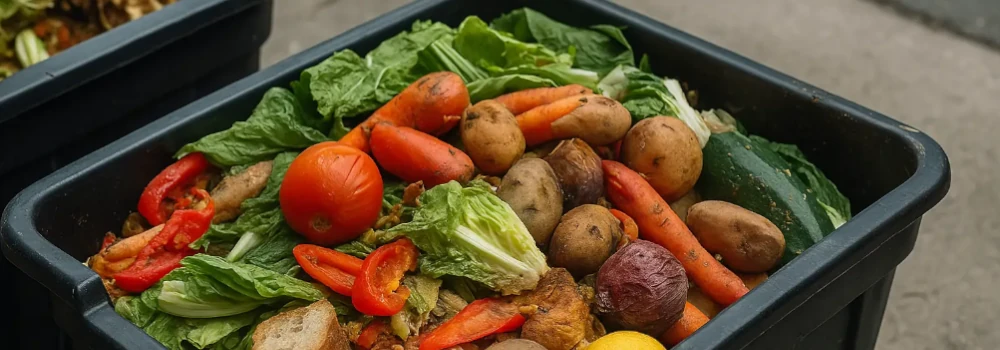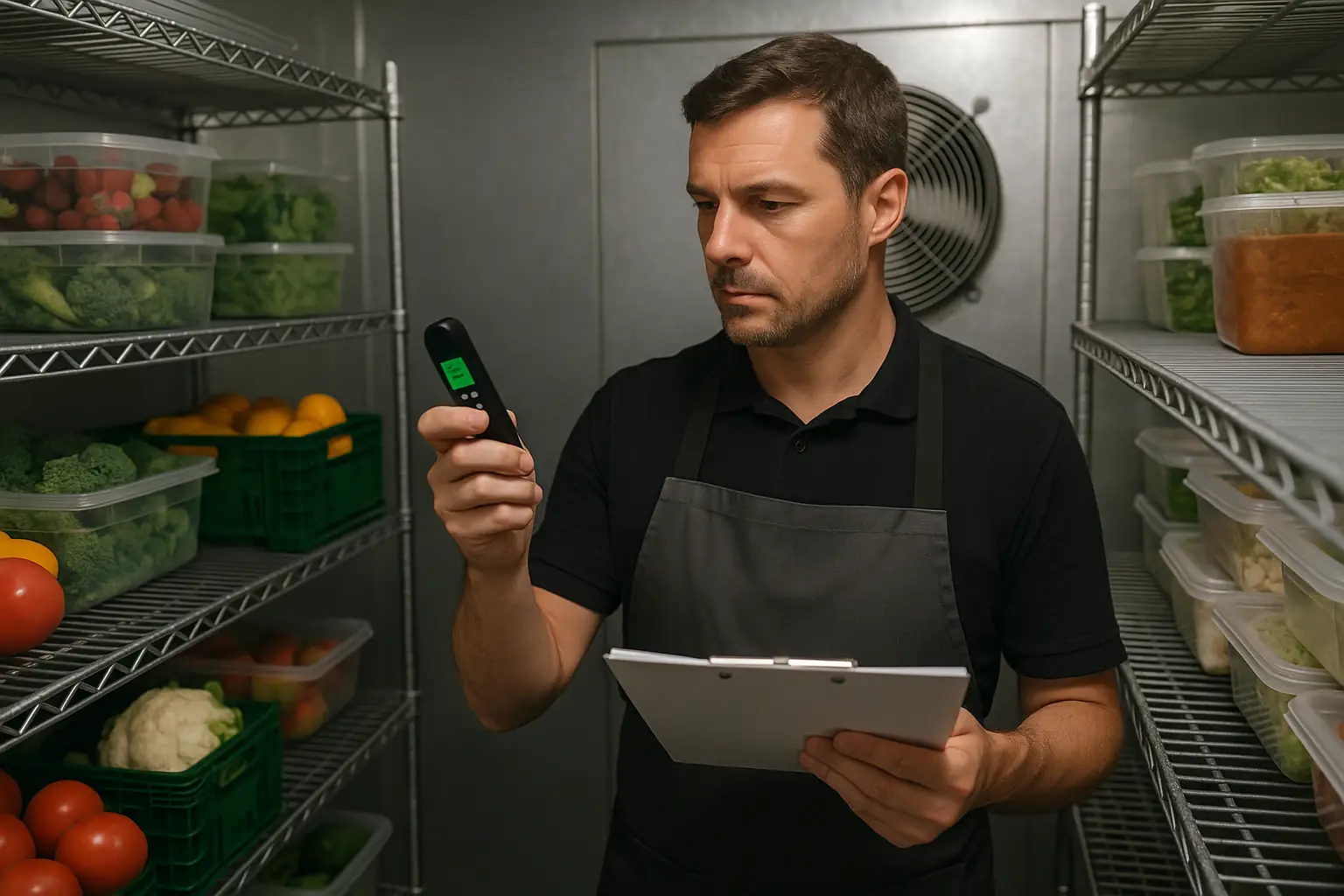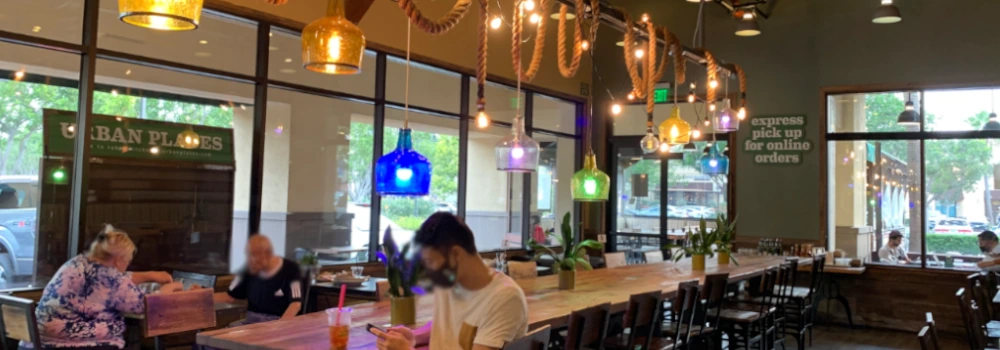
As temperatures rise, so do your food costs—and not just because of inflation. Summer heat waves create the perfect storm for increased food spoilage, inventory miscalculations, and declining kitchen efficiency. When left unchecked, this combination quietly erodes your margins, especially for restaurants, cafes, bars, and foodservice operations with high perishable inventory.
With climate-related disruptions and customer traffic fluctuations becoming increasingly common each summer, now is the time to develop a food waste strategy that adapts to the season, rather than against it.
Why Summer Makes Food Waste Worse
1. Shorter Shelf Life for Fresh Ingredients
Produce, dairy, seafood, and meats break down faster in the heat, even in well-managed kitchens. According to the USDA, food kept above 40°F for more than two hours enters the “danger zone” where bacteria grow rapidly—making it unsafe and unsellable. This can happen easily during outdoor service or when walk-ins are overloaded during peak prep.
2. Overordering Ahead of Holidays and Events
Independence Day, local festivals, and outdoor dining booms often trigger aggressive purchasing. But when traffic doesn’t meet projections—or unexpected heat keeps diners indoors—you’re left with surplus inventory you can’t push in time. Per ReFED’s 2022 Roadmap to Reducing U.S. Food Waste, overproduction and spoilage are responsible for over $28 billion in losses across the foodservice sector annually.
3. Staffing Gaps Mean Monitoring Lapses
In July and August, labor shortages and vacation rotations often result in reduced oversight of proper storage, labeling, and rotation. Even the best-designed FIFO system won’t work if it’s not executed daily, and temporary staff are often undertrained in waste prevention best practices.
4. Heat-Driven Menu Changes That Backfire
Operators often add lighter, fresher items in summer. But salads, seafood, and dairy-forward sauces can be risky if not stored and rotated with precision. Sauces separate, lettuce wilts, and seafood odors intensify under poor temperature controls, putting both your food cost and reputation at risk.
How It Hurts Your Bottom Line
According to the USDA, 30–40% of the U.S. food supply is wasted annually, and foodservice operations are a significant contributor. During summer, that risk intensifies:
- Trash bills rise with increased spoilage
- Reordering costs increase to replace wasted product
- Margins shrink on seasonal items with short shelf lives
- Customer satisfaction drops when food arrives limp, mushy, or oxidized
- Restaurants can also face health department citations or negative reviews if spoilage leads to foodborne illness or perceived drop in quality.
Smart Strategies to Cut Summer Waste
1. Use Real-Time Sales Data to Order Smarter
Track July and August sales by menu category—not just totals—to avoid overbuying. Utilize POS insights in conjunction with weather history and event calendars to more effectively align ordering with anticipated traffic. Consider reducing the order size but increasing the frequency, even if that means incurring higher delivery fees, because spoilage is more costly.
2. Audit Storage Systems Weekly
Temperature fluctuations inside walk-ins, reach-ins, or cold wells during peak service can spoil product before you even realize it has occurred. Use digital thermometers to cross-check storage units and rotate items daily, not weekly.

3. Create “Use It or Lose It” Menu Items
Run short-term specials to move soon-to-expire products before they become waste. For example, push a “Strawberry Smash Spritz” or “Heirloom Tomato Flatbread” if those ingredients are approaching peak age. According to ReFED, “waste tracking and analytics” can reduce food waste by 8% or more in commercial kitchens.
4. Train Summer Staff with Visual Aids
Make sure new or seasonal hires understand your kitchen’s labeling, storage, and rotation systems. Use simple visual guides or color-coded charts to make FIFO, temperature checks, and handling expectations clear and concise.
5. Adjust Portioning for the Season
During extreme heat, diners often eat less. Adjust portion sizes of proteins and sauces, and consider offering smaller combo meals or lighter pairings. Less on the plate = less waste and more control over food cost.
6. Repurpose Before Discarding
Bruised fruit can become house-made syrups. Leftover greens can be blended into sauces or pestos. Bread ends can be croutons. Training your prep team to identify secondary uses for aging ingredients can significantly reduce toss-outs.
Final Takeaway
Summer presents both opportunity and risk for restaurant operators. While outdoor dining and seasonal dishes can boost top-line revenue, behind the scenes, heatwaves and overordering quietly erode your profits.
By proactively adjusting ordering habits, reinforcing training, monitoring equipment, and thinking creatively with your menu, you can turn food waste into margin protection. And in a climate where every dollar counts, that’s a summer strategy worth investing in.
.png)





.png)





